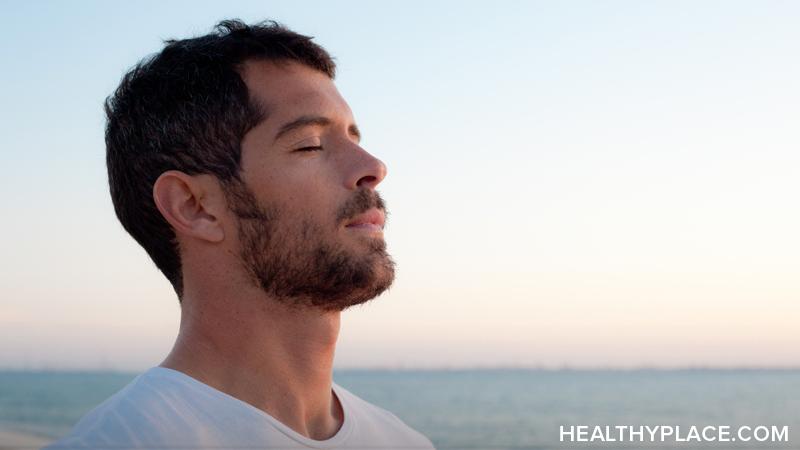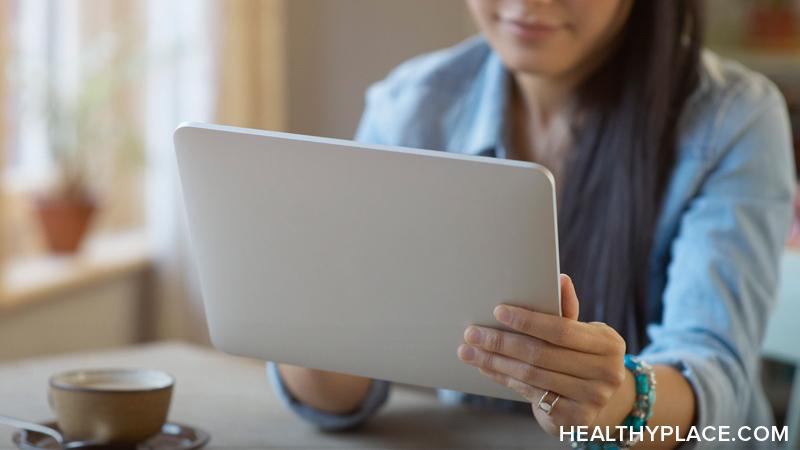
Do you need breathing exercises to reduce anxiety? How’s your breathing right now? Chances are, it’s fairly shallow. Test it out: Continuing to breathe as you are, place one hand on your chest and the other on your abdomen, near your belly button. Which one is moving more? If your belly hand is moving out and back in, congratulations—you’re deep breathing. If, however, your chest hand is feeling the action, you might want to try these breathing exercises for anxiety and stress.
Without intentionally learning deep breathing exercises for anxiety, many of us breathe in shallow breaths that are too rapid without even realizing it. The cause is often anxiety and stress, and unfortunately, the result is also anxiety and stress, so we get stuck in a cycle that becomes a habit. Shallow, chest breathing has negative impacts on both body and brain.
- Carbon dioxide levels in the blood drop, constricting arteries and reducing blood flow to the brain.
- The body experiences a shortage of oxygen, triggering the fight-or-flight response.
- Muscle tension increases.
- The heart experiences palpitations.
- Anxiety increases.
- Panic attacks can be triggered.
- Decreased ability to think clearly and rationally.
- Stress and anxiety continue to increase.
The cycle feeds on itself, and because it’s difficult to break, shallow breathing becomes a habit. Learning to breathe deeply disrupts the cycle, allowing anxiety to diminish and racing thoughts to slow down. When deep breathing becomes a habit, the brain benefits from normal blood flow and the fight-or-flight response switches off. Stress hormones recede. Anxiety symptoms become far less bothersome.
Learning deep breathing techniques will allow you to harness the power of breathing. Anxiety breathing exercises are natural relaxation techniques that decrease anxiety, help the quality of our thoughts, and improve mood. Breathing properly reduces both anxiety and stress. Breathing exercises for anxiety work. Below are some to try.
Breathing Exercises for Anxiety and Stress
The best breathing exercises to relieve anxiety and stress are simple and can be done at any time and in any place. The goal is to be aware of your breathing and your feelings of stress, anxiety, and tension so you can use breathing exercises for anxiety relief in the moment. Try any of these 8 effective techniques.
- Very simply, breathe in slowly through your nose and out slowly through your mouth.
- Breathe in slowly through your mouth for five counts (or whatever feels comfortable), hold it for approximately five counts, then release slowly through your mouth for seven (the exhale should be a little longer than the inhale).
- Do one of the above breathing exercises, but on the exhale, place the tip of your tongue on the roof of your mouth just behind your front teeth.
- Alternate nostril breathing: Place your forefinger and thumb on your nose. Gently press one of them down to close the nostril. Breathe in slowly through the open nostril. Pause. Switch so that the nostril that was closed is now open and vice versa. Gently and slowly exhale. Repeat, this time starting with the other nostril.
- Serene scene: breathing and visualization. Breathe slowly and deeply as in one of the above anxiety breathing exercises. Close your eyes and picture a scene that is pleasing and peaceful to you. When your thoughts wander, gently bring them back to the mental scene.
- Breathing and affirmations: Breathe slowly and deeply as above, and while doing so, repeat a word or a phrase that to you is calming, inspiring, motivating, etc (Use These Positive Affirmations for Anxiety Relief).
- Lie on your back with a light object on your abdomen. Breathe deeply enough so you can see it rise and fall.
- Add soothing music or sounds to any of the exercises if it helps you further relax.
Deep breathing to reduce anxiety and stress is most effective when done regularly. It does indeed lower stress, anxiety, and panic in the moment, but when it is done regularly, it becomes a habit and keeps you feeling calm. You can set aside time each day, approximately 10 minutes, to practice deep breathing, and you can use your downtime to encourage brain-nourishing, anxiety-reducing breath. Stuck in traffic? Getting tense and angry won’t get you moving any faster, but using the time to breathe and lower anxiety will allow you to reach your destination feeling calmer and more centered.
Deep breathing is sometimes associated with the practice known as yoga meditation. Yoga breathing exercises for anxiety are helpful. Research is demonstrating that deep, yoga-like breathing creates smooth brain waves, the type of brainwaves associated with deep relaxation (Imparato, 2016).
Breathing exercises for anxiety and stress are indeed effective. “The breath affects your brain, and from there everything else.” (Imparato, 2016, p. 15).
article references



 Coping skills for anxiety are actions we can take and ways we can think in order to keep going despite anxiety. Sometimes, anxiety is really strong in a particular situation, and coping skills help us get through it. Anxiety can be a long-lasting experience, so coping skills give us ways to move forward while we are simultaneously learning ways to
Coping skills for anxiety are actions we can take and ways we can think in order to keep going despite anxiety. Sometimes, anxiety is really strong in a particular situation, and coping skills help us get through it. Anxiety can be a long-lasting experience, so coping skills give us ways to move forward while we are simultaneously learning ways to 

 To get rid of anxiety can seem like an impossible dream when we’re in the midst of struggling with it. While medication is a legitimate treatment option, it doesn’t work for everyone, and some people would rather not have to take it. To get through anxiety and come out on the other side, think in terms of things you can do, ways you can be, and how you can replace it with something else to get rid of anxiety without taking medication.
To get rid of anxiety can seem like an impossible dream when we’re in the midst of struggling with it. While medication is a legitimate treatment option, it doesn’t work for everyone, and some people would rather not have to take it. To get through anxiety and come out on the other side, think in terms of things you can do, ways you can be, and how you can replace it with something else to get rid of anxiety without taking medication.
 Self-help books for anxiety can be excellent tools for empowering you to reduce anxiety’s power and live well. They can be used on their own or paired with therapy. The right anxiety self-help books aren’t just feel-good words but instead offer legitimate substance to
Self-help books for anxiety can be excellent tools for empowering you to reduce anxiety’s power and live well. They can be used on their own or paired with therapy. The right anxiety self-help books aren’t just feel-good words but instead offer legitimate substance to